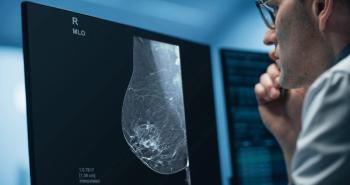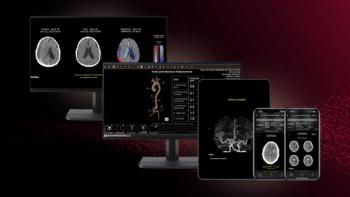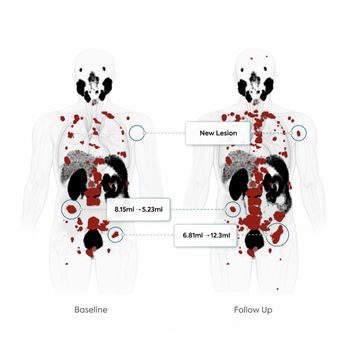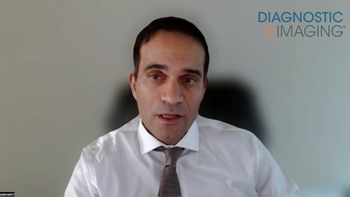
Thick and thin slices challenge the image archive
Systems that effectively archive today’s thin-slice CT images are the wave of the future, but they aren’t here yet. In the meantime, PACS administrators need to be aware of this trend and consider scalable solutions that keep their options open for future developments, according to a presentation at the 2009 International Symposium on Multidetector-Row CT.
Systems that effectively archive today's thin-slice CT images are the wave of the future, but they aren't here yet. In the meantime, PACS administrators need to be aware of this trend and consider scalable solutions that keep their options open for future developments, according to a presentation at the 2009 International Symposium on Multidetector-Row CT.
In a session that covered workflow issues, Dr. Jeffrey B. Mendel, chair of radiology at Tufts University, outlined the archive and management considerations that need to be made at a time when most CT scanners are generating thin-slice images and most systems and many radiologists are still geared to a thick-slice approach.
One common model is to send the thick slices to the PACS and the thin slices to 3D workstations where they can be postprocessed, he said. From an interpretation and workflow standpoint, this works fine if the radiologist has only a couple of 3D studies a day. It also makes the PACS vendors happy and the images easy to recall.
But then there is the problem of storing the thin slices, as well as the thick slices, in the archive. Not only is this more complex, the thin slices can take up huge amounts of space, which isn't always as cheap as it's made out to be. And, if you don't archive the thin-slice data, you can't recall it for existing or new postprocessing algorithms.
Another option is to store all thin-slice data. It makes for tight integration, but you can have studies with 3000 or 4000 images clogging up the system, Mendel said.
There is a blended approach: store thick images and key thin-slice images. It requires rules to make this approach work, and there are risks, like deleting both sets of images at once. But if the system can be made to work, it's a good compromise for today's environment, he said.
One very big challenge is legal; the basic rule is that radiology is supposed to store all of the images that were used in the interpretation. But what does that mean in a thin-slice world?
"If I scan thin, read thick, and store just a few key thin images, or if I scan thin, read off a workstation, and save a few VR images, have I satisfied that legal requirement? Further, can the PACS or 3D system document which algorithm I used to reach that determination?" Mendel asked.
Before settling on an archive plan, it's a good idea to check with the facility's legal department, he added.
Yet another issue is who will read the images. Many clinicians will be happy with a report, but there are some, notably cardiologists, orthopedists, and neurosurgeons, who may want to use 3D tools and clinical applications, Mendel said.
There is also the question of how well the system handles the images.
"On a site visit, try to be there on a Friday before a holiday weekend about 4 o'clock and see if the web client and those other functions really work when everybody wants to look at an image before they get out the door," Mendel said.
Newsletter
Stay at the forefront of radiology with the Diagnostic Imaging newsletter, delivering the latest news, clinical insights, and imaging advancements for today’s radiologists.




























